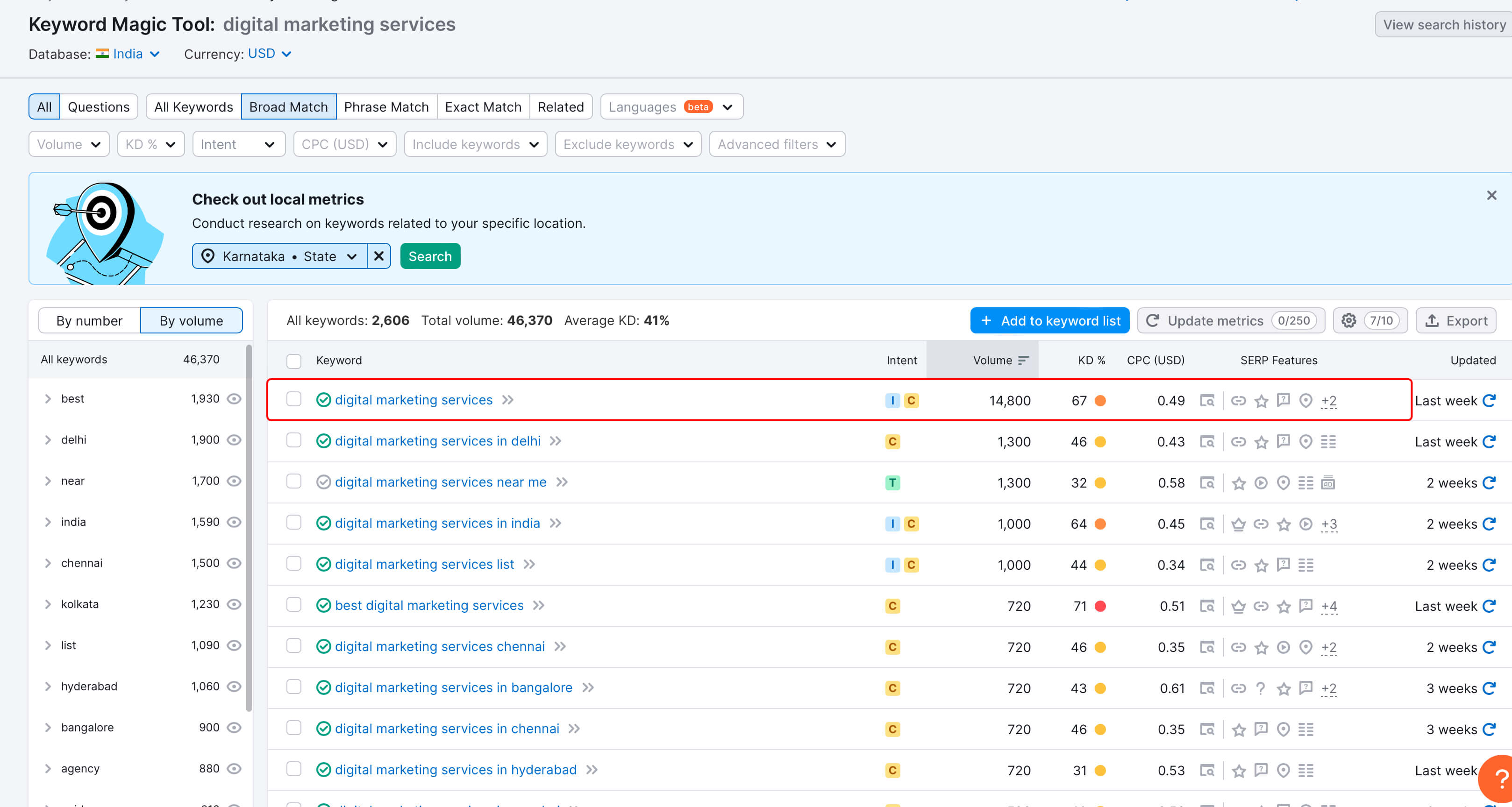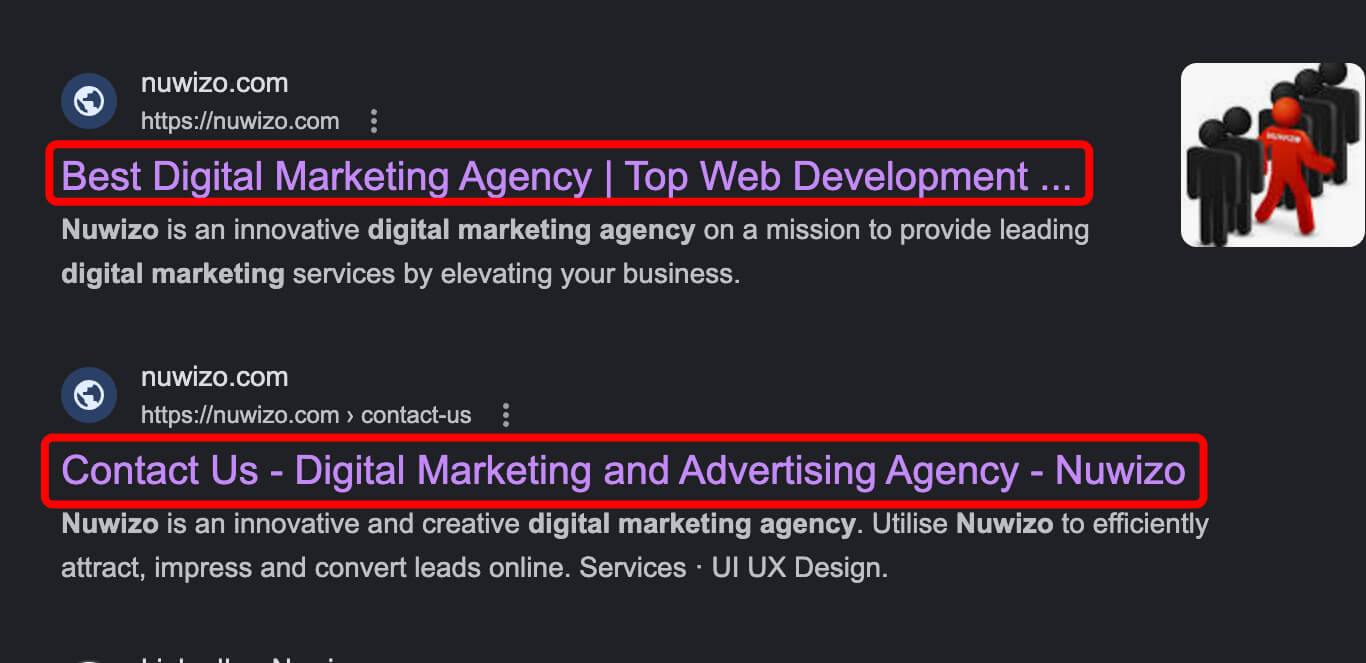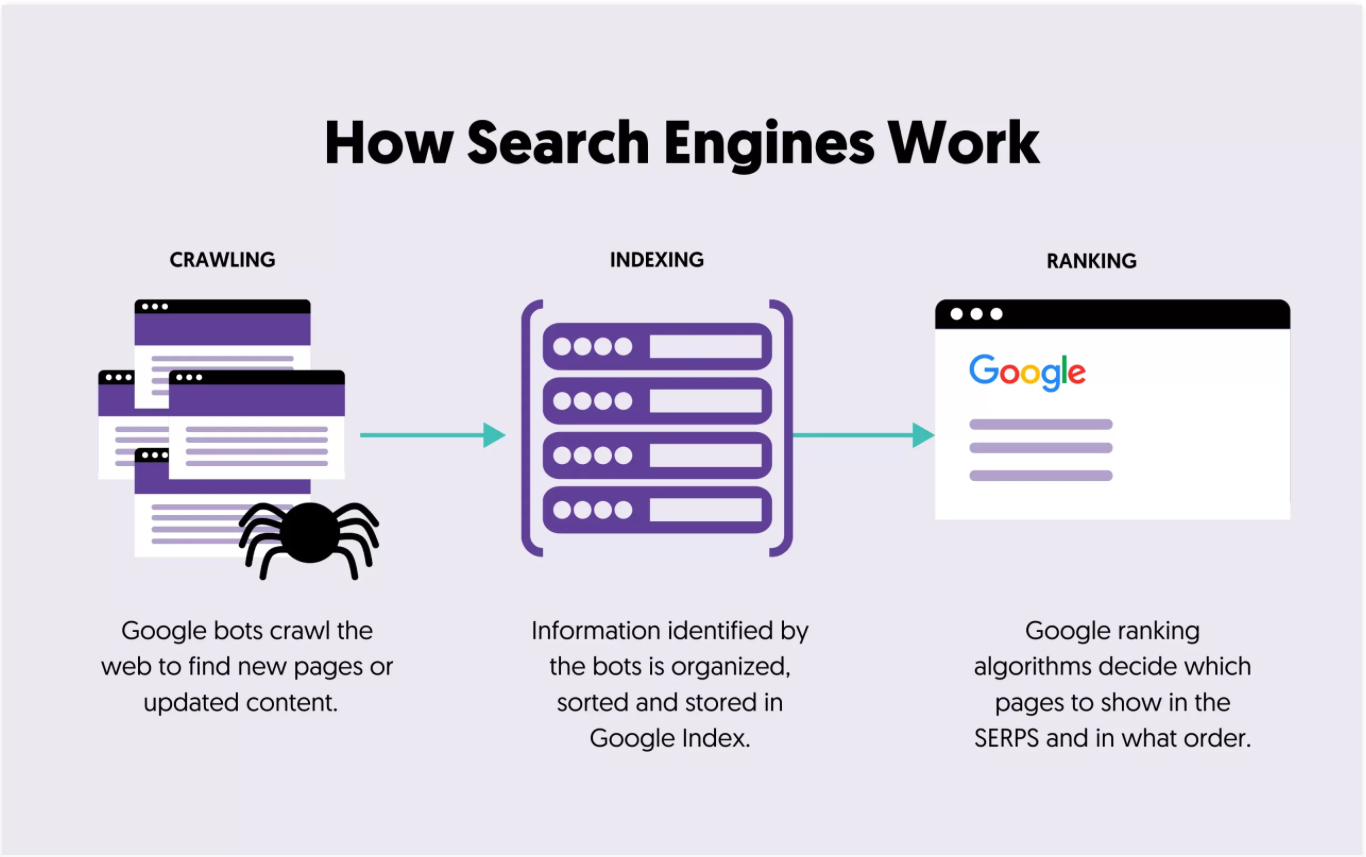
Are you new to the complex SEO world? It’s true that SEO seems to be a challenge at first; but every website needs SEO techniques to rank their articles at the top of search engine results pages.
The good news is, with the right approach, you can also get your website to rank first on Google search engine results pages if you apply SEO properly to your site. In this guide, we will share key SEO tips to increase organic traffic to your website, explore the basics of SEO, look into its three essential pillars: on-page optimization, off-page optimization, and technical optimization and discuss how to measure the success of your SEO endeavours.
Are you new to the complex SEO world? It’s true that SEO seems to be a challenge at first; but every website needs SEO techniques to rank their articles at the top of search engine results pages.
The good news is, with the right approach, you can also get your website to rank first on Google search engine results pages if you apply SEO properly to your site. In this guide, we will share key SEO tips to increase organic traffic to your website, explore the basics of SEO, look into its three essential pillars: on-page optimization, off-page optimization, and technical optimization and discuss how to measure the success of your SEO endeavours.
What is SEO?
SEO (Search Engine Optimization) is a set of strategies and techniques used to enhance a website’s visibility and PageRank on search engines like Google, Yahoo, and Bing. When users search for specific terms or phrases, search engines aim to provide the most relevant and high-quality results. SEO optimization ensures that your website is among those top results. The goal is to attract more website traffic. You are more likely to be found and clicked on when your pages appear higher in search results. SEO marketing helps you attract more website visitors, who convert into customers and clients and become returning visitors.
How SEO Works:
SEO works on optimizing various aspects of your website to make it more appealing to search engines. Let us break down how SEO works:
Step 1: How Do Search Engines Work?
Search engines, like Google, use complex algorithms to rank web pages based on their relevance and quality. Search engines analyse all the data by looking at numerous different ranking factors based on a user’s query. This includes relevancy to the question a user typed in, content quality, site speed, metadata, and more. All data point is combined to assist search engines in determining the overall quality of a page.
This process includes the following stages:
-
Algorithms:
These are a set of rules that search engines use to determine the relevance and quality of a web page and to retrieve and present information related to a user’s query.
-
Crawling:
Search engines use bots (also called spiders or crawlers) to discover new and updated content for each URL of websites they find to gather information. This process is known as crawling.
-
Indexing:
After crawling, search engine crawlers store, analyse, and organize the gathered information into a massive database, creating an index for all the data on web pages and their content.
-
Ranking:
When a user enters a search query, the search engine uses its algorithms to rank web pages based on their relevance, page score, and quality by checking different ranking factors, with the most relevant pages appearing at the top of the search results

The Three Pillars of SEO:
1. On-Page Optimization:
On-page SEO focuses on optimizing your web page content for both search engines and users. On-page optimization is important because it informs Google about your website and how you deliver information to customers and clients, resulting in enhanced search results, more visitors, and conversions.
To boost your PageRank in search results, you need to optimize a variety of on-page ranking factors.
- Keyword Research
Understand your target audience’s search queries, choosing the ideal keywords using keyword research tools that will drive more organic traffic to your page. Source
Source Source
Source - Site Content
Engage your audience with good-quality, relevant, and the latest content with eye-catching, high-quality visuals like images and videos.
- Using your target keywords in headings and paragraphs.
- Splitting your content into attractive headings
- Adding your content with helpful and attractive images
- Maintaining your content using correct spelling and grammar
- Making your content trustworthy and authoritative
-
- Title tags
Title tags should be unique, attractive, and keyword-rich titles that attract user attention on the SERPs (search engine results pages). It should be short and descriptive, between 50 and 60 characters with one primary keyword. A longer title may be cut off or renamed by Google, which may affect your organic traffic by keywords.
- Headers
Utilize header tags (H1 to H6) to structure your content effectively, enhancing both readability and SEO value. These tags categorize headings and subheadings, with H1 typically representing the title, and their multilevel usage improves web page content optimization. - Meta Descriptions
Use meta descriptions to boost visibility in search results. It is clear summary of a page’s content plays a critical role for SEO. To optimize it effectively, keep it under 155 characters, employ an active voice and action-oriented language, include a call to action, incorporate focus SEO keywords, ensure it is relevant to page content, and maintain it unique. Creating an appealing meta description can extensively influence user click-through rates.
- Title tags

- Image Alt-Text
Alt text, also known as “alt attributes” or “alt tags,” is a textual description of an image, performing a vital role in image SEO. To enhance image ranking on Google Images, it’s essential to provide well-optimized alt text that accurately describes the image. Explain image alt text in detail, relevant, and naturally incorporate relevant keywords while avoiding over-optimization and keyword stuffing. - Structured Markup
Utilize structured data to enhance your website’s visibility, potentially leading to rich results in SERPs. By employing several types of structured markup, search engines gain a deeper understanding of your content. Implementing structured data not only improves how search engines recognize your content, but it may also boost the visibility and click-through rate of your websites. - Page URLs
Keep URLs simple, easy to read, and include keywords that describe the content on a web page that are SEO-friendly, helping both users and search engines understand the page’s content. - Internal Linking
Connect relevant pages within your site, creating a user-friendly structure while assisting SEO. These links help users and search engines navigate your content, typically including 3–4 internal links with an additional link for every 300 words. - Mobile Responsiveness
Optimize your site to appear and perform well on different devices, especially mobile, to boost SEO. Search engines like Google prefer mobile-friendly websites as they offer enhanced user experiences, leading to higher rankings. - Site Speed
Optimizing your site’s loading speed to enhance the user experience and improve search engine rankings faster-loading pages lead to better rankings and prevent user dissatisfaction, whereas slower loading speeds ultimately affect SEO performance.
Effective on-page optimization combines these elements to make your web pages more attractive to both search engines and users. It’s a vital step in boosting your online presence and ensuring your content reaches the right audience.
2. Off-Page Optimization:
Off-page SEO refers to activities that occur outside of your website that extensively impact your site’s ranking. This approach employs off-site strategies to enhance a site or page ranking in relevant search results. Off-site optimization elements to consider from external resources or links are expertise, experience, authoritativeness, and trustworthiness (E-E-A-T), as well as the relevance and popularity of the backlinks.
Crucial tasks and approaches include:
- Link Building: Building of high-quality backlinks from external websites.
- Content Marketing: Utilizing various channels, such as PR, social media marketing, influencer marketing, guest posting, podcasts, content syndication, forums, social bookmarking, and social media marketing.
- Local SEO (GMB and Citations): Strategic optimization of your Google My Business (GMB) profile and the acquisition of relevant citations.
- Reviews: Proactively managing and encouraging positive reviews.
- Events: Actively participating in events to gain exposure and enhance your site’s presence.

3. Technical Optimization:
Technical SEO focuses on enhancing the technical aspects of your website to boost its search engine rankings. By improving technical optimization, you enable seamless access, crawling, interpretation and indexing by search engines.
Key technical optimization tips and checklists include:
- Prioritize page experience by optimizing core web vitals.
- Conduct thorough site crawling to identify and rectify crawl errors.
- Eliminate broken internal and outbound links.
- Remove duplicate or low-quality content.
- Transition your site to the secure HTTPS protocol.
- Set a preferred domain in both Google Search Console and WordPress.
- Optimize your robots.txt file and 404 error page.
- Enhance your URL structure for improved organization.
- Reconsider your website’s navigation and structure.
- Implement schema markup for breadcrumbs.
- Incorporate structured data on the homepage, posts, and other pages.
- Examine and analyse canonical URLs using Google Analytics.
- Submit your XML sitemap to both the Google and Bing search engines.
- Evaluate website loading speed and mobile friendliness.
- Review pagination and multilingual settings to ensure optimal performance.
Measuring SEO Success:
To determine the efficiency of your SEO efforts, it’s vital to closely monitor important metrics using tools like Google Analytics, Ahrefs, or SEMrush. Experienced SEO experts meticulously monitor every detail, from rankings and conversions to deleted links, to help prove the value of SEO. Measuring the impact of your work and continually enhancing it is crucial to your SEO success, retention of clients, and estimated value. It also helps you adjust your objectives if something isn’t functioning.
Key metrics for assessing SEO success include:
- Organic traffic
- Click-through rate
- Exit rate
- Pages per session
- Average page load time
- Core Web Vitals
- Backlinks and referring domains
- Keyword rankings
- Pages crawled per day
- Website ranking
- Organic traffic
- Conversion rates
- Backlink quality
- User engagement
This SEO Step-By-Step Guide is Just the Beginning!
Don’t let your research stop here. You may start creating a successful search engine optimization strategy, but keep in mind that becoming an SEO specialist is an ongoing journey that requires dedication and a deep understanding of search engine algorithms. By focusing on technical, on-page, and off-page optimization and utilizing the right keywords, your website can achieve higher rankings, attract organic traffic, and improve its online presence. Start your SEO adventure with confidence!
Get in touch with Nuwizo today to utilise the expertise of the leading SEO agency in Bangalore and discover how Nuwizo can boost your business to new heights in the digital marketing world.

